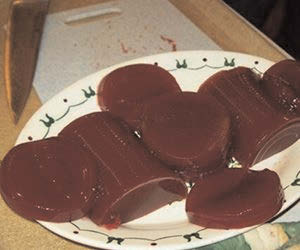
LONDON: Britain is home to some of the world’s iconic museums – the British museum alone attracting nearly seven million people last year.
But data released on Thursday has some worrying findings for British museums.
As many as 44 museums have shut down in UK since 2010 due to spending cuts.
One in five of all UK museums had closed a part or branch of their museum to visitors in 2015 or would do so in the year to come.
Meanwhile 8% of museums have already starting charging for the entry with a further 12% planning to do so 2016.
What is most worrying is that the data shows that 11% of all museums were considering financially motivated disposal in the next year, up from 9% in 2014.
One of the most high profile cases in recent years was Northampton Borough Council’s controversial sale of the Egyptian statue Sekhemka in July 2014.
An analysis released by the Museums Association of UK says that cuts to public funding mean that more museums are being forced to close their doors or introduce entry charges.
According to the MA, majority of the closures have taken place in Leicestershire, Lancashire and Durham.
Museums are major employers in UK. There are around 2000 museums in England, employing over 27,600 people, with over 4300 employed in local authority museums. Visitors to independent museums (estimated to be over 9 million) are said to deliver£364 million of gross impacts from visitor spending. At least 5,800 full time equivalent direct, indirect and induced jobs are supported by the independent museums sector, equivalent to a further £122 million.
Sharon Heal, director of the MA says “Museums that serve local communities deliver real public benefit and there is a danger that whole areas of the country will have these services wiped out if the cuts continue. We are particularly concerned about the impact of the cuts to local authority funding in the English regions and the devolved nations. The MA will continue to advocate for all museums and the life-changing experiences that they can provide.”
Last year both Brighton Museums and York Art Gallery introduced charges for entry.
A growing number of respondents are considering selling items from their collections.
Between September and October 2015, the MA asked museum professionals to provide information regarding changes to their budgets, workforces, operational activities, governance and areas of work.
This year’s survey collected data from 115 museums across the UK.
Staff numbers decreased at 24% of responding museums in 2015, 53% in 2014, 37% in 2013, 42% in 2012 and 51% in 2011. Total income had decreased for 47% of respondents in 2015, 52% in 2014, 49% in 2013, 32%in 2012 and 58% in 2011.
The museums sector in Scotland is worth an estimated £800 million to the Scottish economy while it is estimated that the economic impact of the museum sector in Northern Ireland is around £16.8 million.
National museums use public money to generate £240 million of additional funding. This includes£120 million in donations and sponsorship, over £50 million in trading income and £26 million in ticket sales. Around 40% of the sector actually receives no private investment. There has been an 11%drop in individual giving for the whole charitable sector. (TNN)





Be the first to comment